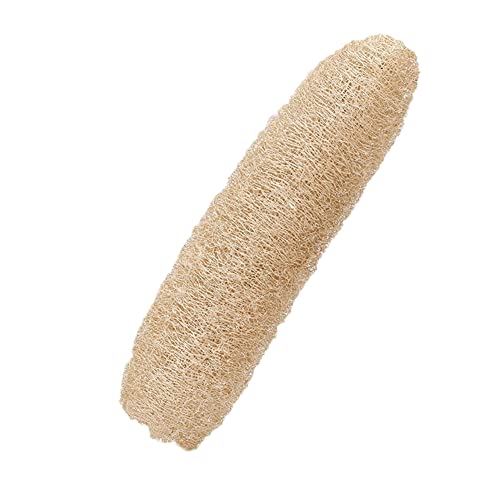Baldmonkey
Well-known member
- Messages
- 715
- Location
- Uk
I see people saying I run my controller at 25 or 35 and I'm like mines at 80!!!
I don't have an excessive flow but it's not weak as **** either, don't use loads of water so I guess I'm asking why?
I've calibrated it with my biggest pole fully extended slx35 and fully closed but still only get the same flow rate when calibrated, am I missing something?
I don't have an excessive flow but it's not weak as **** either, don't use loads of water so I guess I'm asking why?
I've calibrated it with my biggest pole fully extended slx35 and fully closed but still only get the same flow rate when calibrated, am I missing something?




























